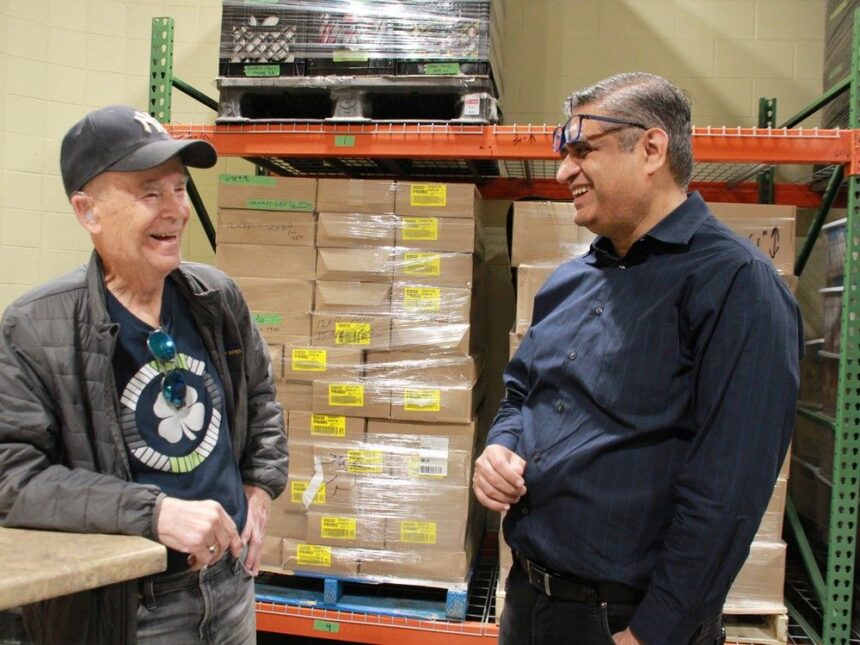In a remarkable display of community commitment, a Timmins restaurant owner is transforming business success into sustainable support for local hunger relief efforts. While many businesses make occasional charitable contributions, this local entrepreneur has established a consistent monthly giving program that provides reliable funding to the Timmins Food Bank during increasingly challenging economic times.
“The monthly donations make an enormous difference in our operational planning,” explains Jennifer Collins, director of the Timmins Food Bank. “When we can count on regular support, we can better manage our inventory and ensure families receive consistent assistance throughout the year, not just during holiday donation drives.”
The initiative began last year when restaurant owner Marco Belanger noticed a concerning uptick in food insecurity throughout the community. Rather than offering a one-time donation, Belanger committed to sharing a percentage of monthly profits with the food bank, regardless of seasonal business fluctuations.
The impact has been substantial. According to CO24 News data analysis, food banks across northern Ontario have experienced a 32% increase in demand since 2021, while traditional funding sources have remained largely static. This restaurant’s contributions have helped bridge that gap, providing an estimated 1,800 additional meals monthly to Timmins residents facing food insecurity.
“This isn’t about charity—it’s about community responsibility,” Belanger told me during our interview at his bustling downtown establishment. “We’re fortunate enough to have loyal customers who support our business, and it only makes sense to extend that support to neighbors who are struggling.”
The program has inspired other local businesses to explore similar sustained giving models. The Timmins Chamber of Commerce recently highlighted the initiative in their quarterly newsletter, encouraging members to consider how regular, predictable contributions might create more significant community impact than larger, sporadic donations.
“What makes this approach remarkable is its reliability,” notes economic analyst Patricia Dumont. “Food banks typically see donation surges during holidays and immediate responses to publicized crises, but face significant challenges during ‘normal’ periods when public attention shifts elsewhere.”
Food security experts across Canada have identified consistent funding as one of the most critical factors in addressing hunger effectively. Research published in the Canadian Journal of Public Health indicates that food banks with predictable income streams can negotiate better bulk purchasing agreements and implement more effective distribution systems.
For Timmins residents benefiting from the food bank’s services, the impact is deeply personal. “Knowing the food bank will have supplies when I need them gives me peace of mind,” shared one client who requested anonymity. “I’m working two part-time jobs, but with food prices what they are, sometimes it’s just not enough.”
The restaurant’s initiative raises important questions about the sustainability of essential community services. As government funding fluctuates and economic pressures continue to impact families across northern Ontario, can this model of business-community partnership offer a more reliable framework for addressing fundamental needs? And more importantly, what responsibility do successful local businesses have to ensure the wellbeing of the communities that support them?










